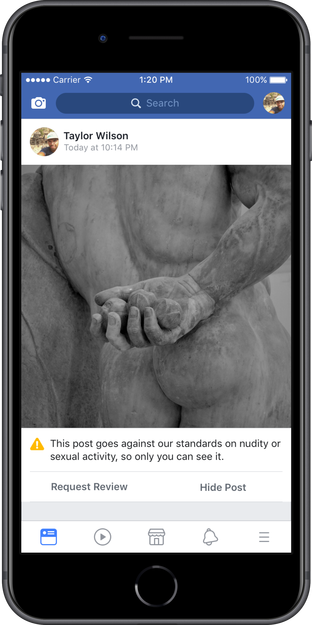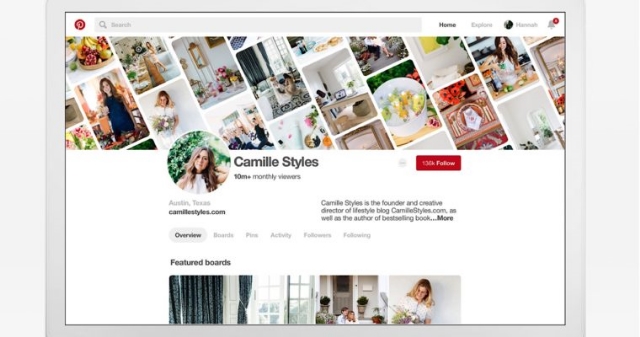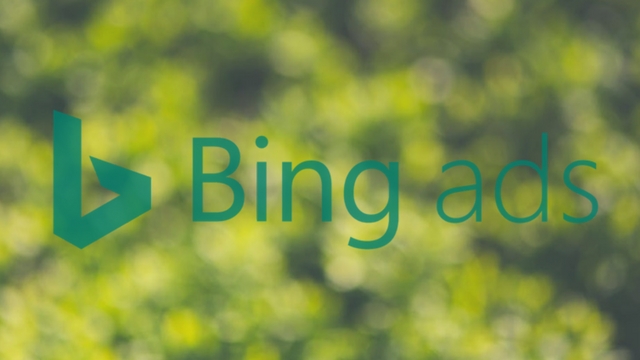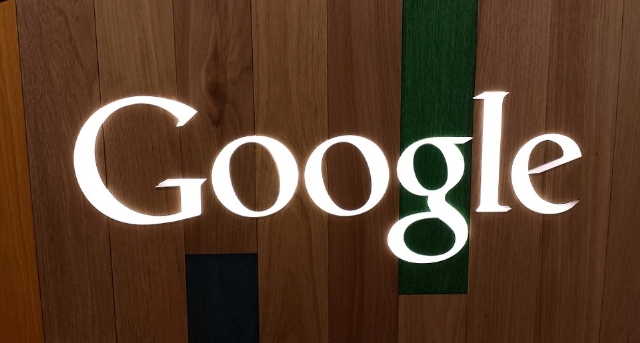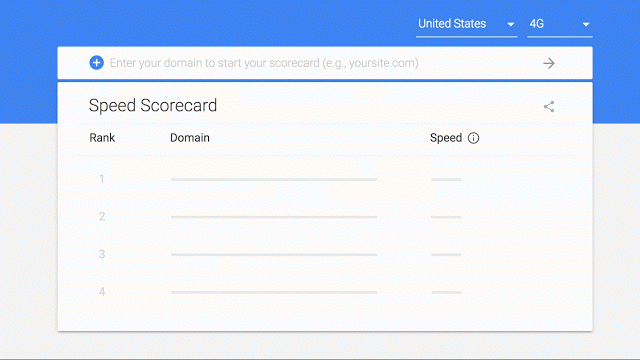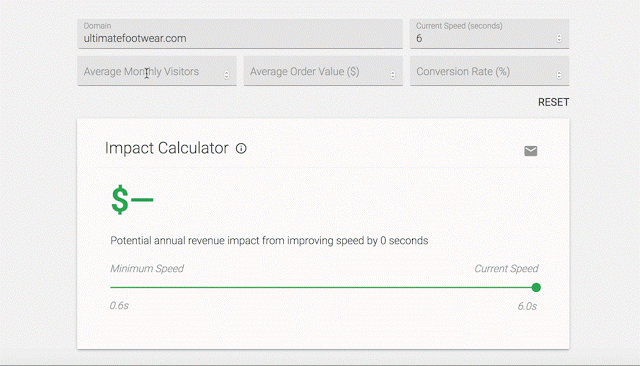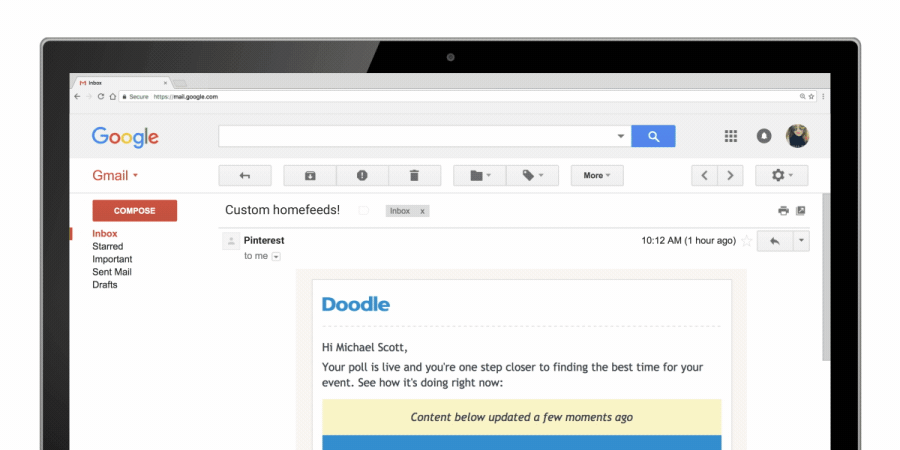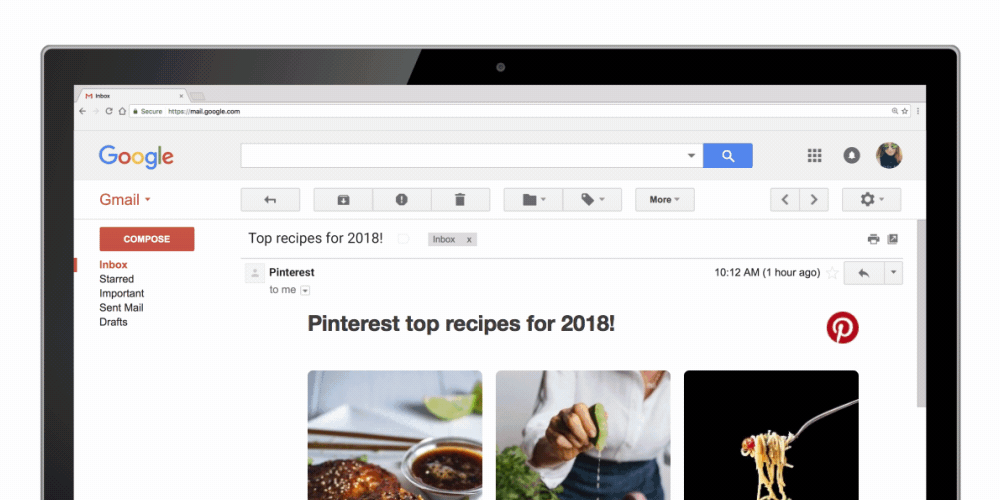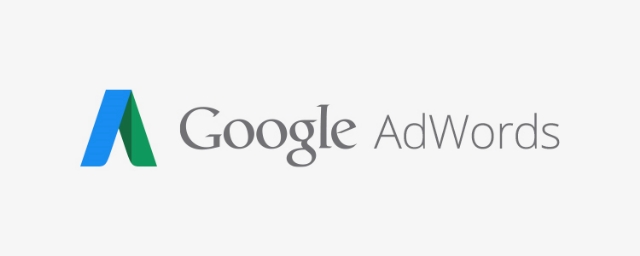
Don’t you wish you could somehow run one set of ads with the perfect headline for anyone who sees it, even when they have different needs or interests? AdWords is bringing that fantasy a little closer to reality with Responsive Search Ads.
These ad formats, currently in beta and available to some advertisers, allow you to set up one ad with multiple varying headlines and a few different descriptions which are alternated based on your advertising goal and the user’s intent.
Interestingly, these ads also get more screen real estate than standard text ads while Google is giving them a try.
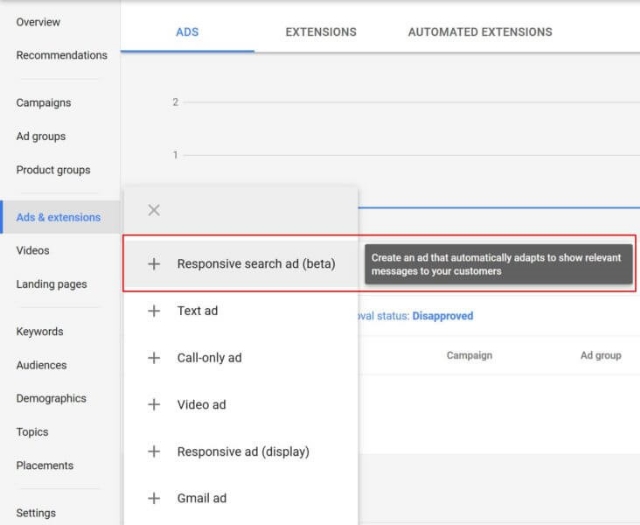
The idea is to make your ad more versatile and to do the function of A/B testing for you without all the manual work. This also allows you to have a wider variety of keywords trigger your ads.
You can set up to 15 different headlines and four unique descriptions in a responsive search ad. With these, you can include headlines or descriptions for any scenario that might bring potential customers upon your services or products.
When shown, the ads will include up to three headlines instead of two, and up to two 90-character descriptions instead of the usual one 80-character description.
To best plan for this, Google recommends writing your first three headlines as if they will be shown together (in any order).
Google also suggests making headlines distinct by focusing on different features, benefits, or offers.
You can also “pin” certain headlines or descriptions into specific positions. This allows you to guarantee one headline will always be shown on top or a disclaimer is consistently positioned at the bottom of the ad.


